Existing as the tallest mountain in the contiguous United States, Mount Whitney is located in California and stands at a whopping 14,505 feet (4421 meters) tall. Featuring a 22.5 mile out-and-back trail involving a 6,656 foot elevation gain, hiking Mount Whitney is on virtually every hiker’s bucket list. Although grueling, the experience is highly rewarding and the summit views are nothing short of spectacular. Having climbed Mount Whitney as a day hike in 2019, I’ve compiled twelve essential tips every hiker should know when planning their own Mount Whitney adventure.
Table of Contents
12 tips for Climbing Mount Whitney
We are excited to have Jenna of UpAndAwayMagazine share her expertise and tips for hiking Mount Whitney.
1. Mount Whitney Can Be Climbed as a Day Hike or Overnight Adventure
Hikers can choose to climb Mount Whitney in a single day or as a multi-day backpacking adventure. Both have their advantages and disadvantages.
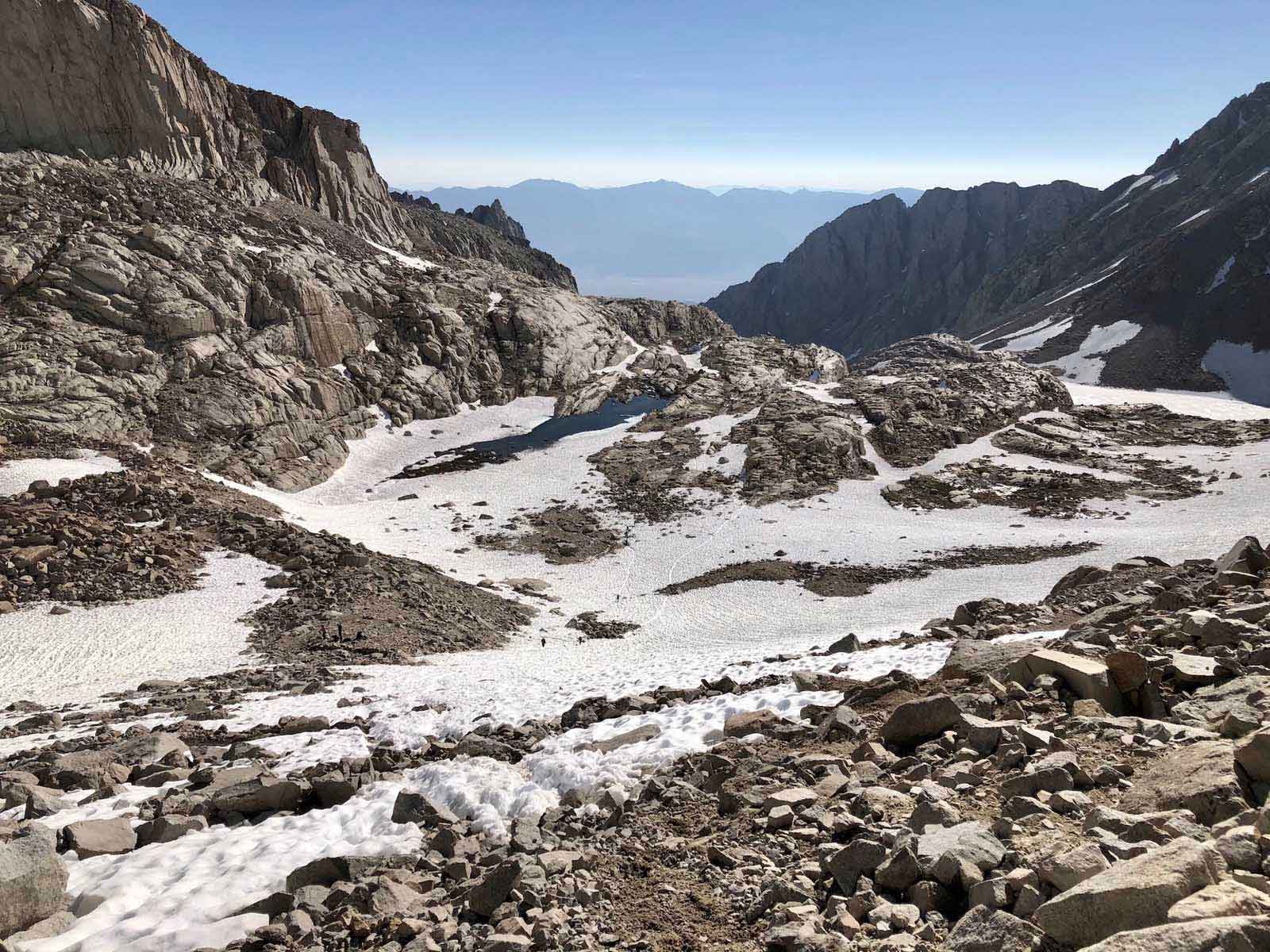
A day hike requires an early start (with hikers often choosing to set off around midnight), and much of the trail is hiked under the glow of head lamps or a full moon. As such, day hikers miss a lot of beautiful scenery. Day hikes also demand a quicker pace and quicker ascension to high altitude, meaning that hikers are more likely to be forced to turn back due to altitude sickness or simply running out of time. Still, it’s hard to beat the rush of completing trailhead-to-summit-to-trailhead in a day, and there’s something magical about hiking in total darkness with nothing but headlamps lights floating in the distance.
Alternatively, a multi-night climb allows one to ascend slowly and spend more time taking in the scenery – which is unparalleled. It also reduces the risk of altitude sickness. The obvious downside to a multi-day climb is that it requires one to carry a heavy backpack equipped with camping gear and sufficient food. There are no toilets along the Mount Whitney Trail, so it also involves “taking care of business” in the wilderness and packing that waste back out.
2. There’s Hiking Season and There’s Mountaineering Season
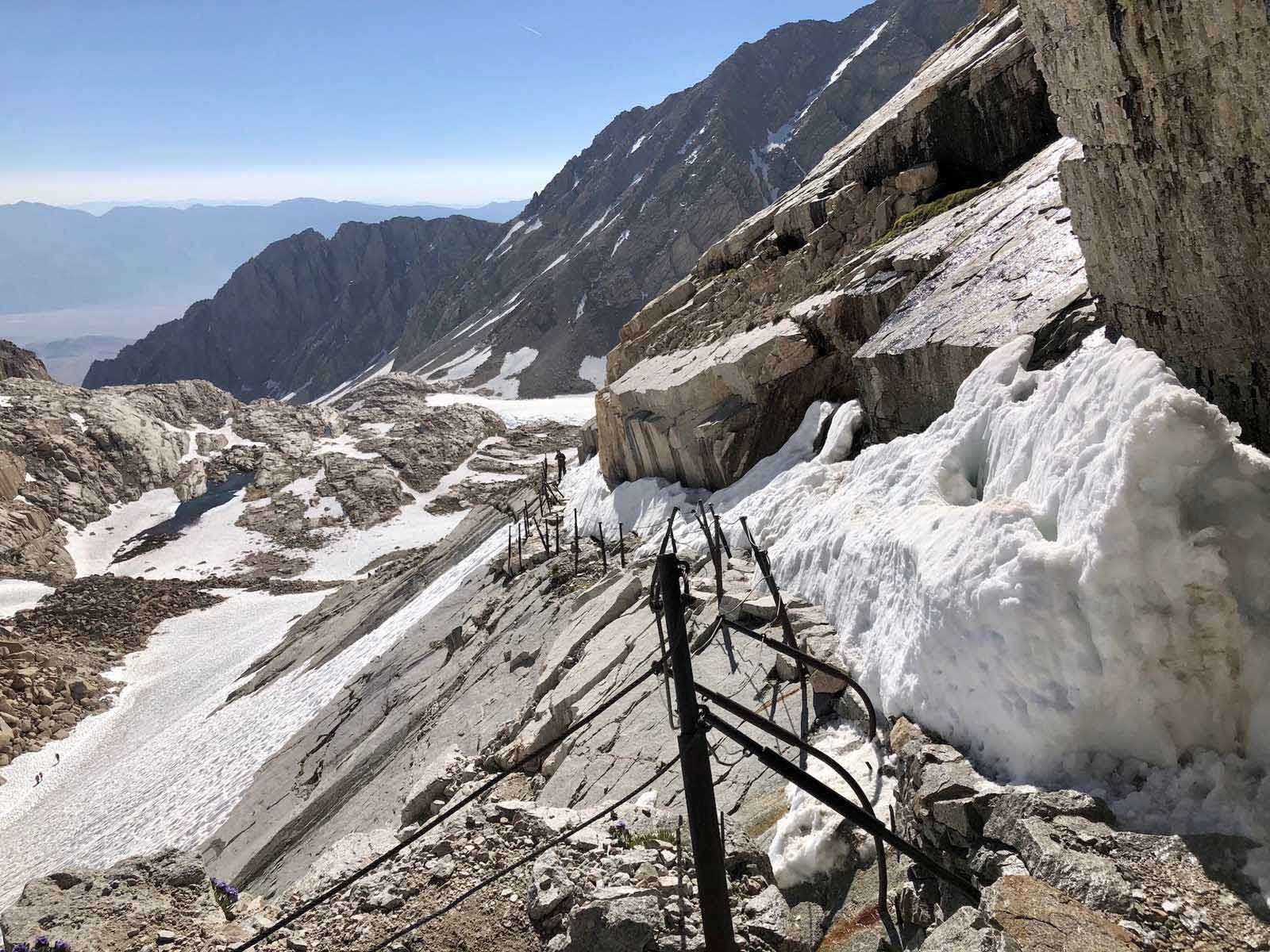
The Mount Whitney Trail is well maintained and does not require any technical mountaineering experience during the late Summer and early Fall seasons. However, between late October and early July (depending on snowpack in a given year), portions of the trail are often covered in snow and ice. When snow and ice are involved, it is important to be equipped with an ice axe and crampons or micro-spikes, and also know how to properly use them. Hikers should also be experienced in route finding and aware of the potential dangers of snow bridges.
3. Mount Whitney Permits are Highly Competitive During Quota Season
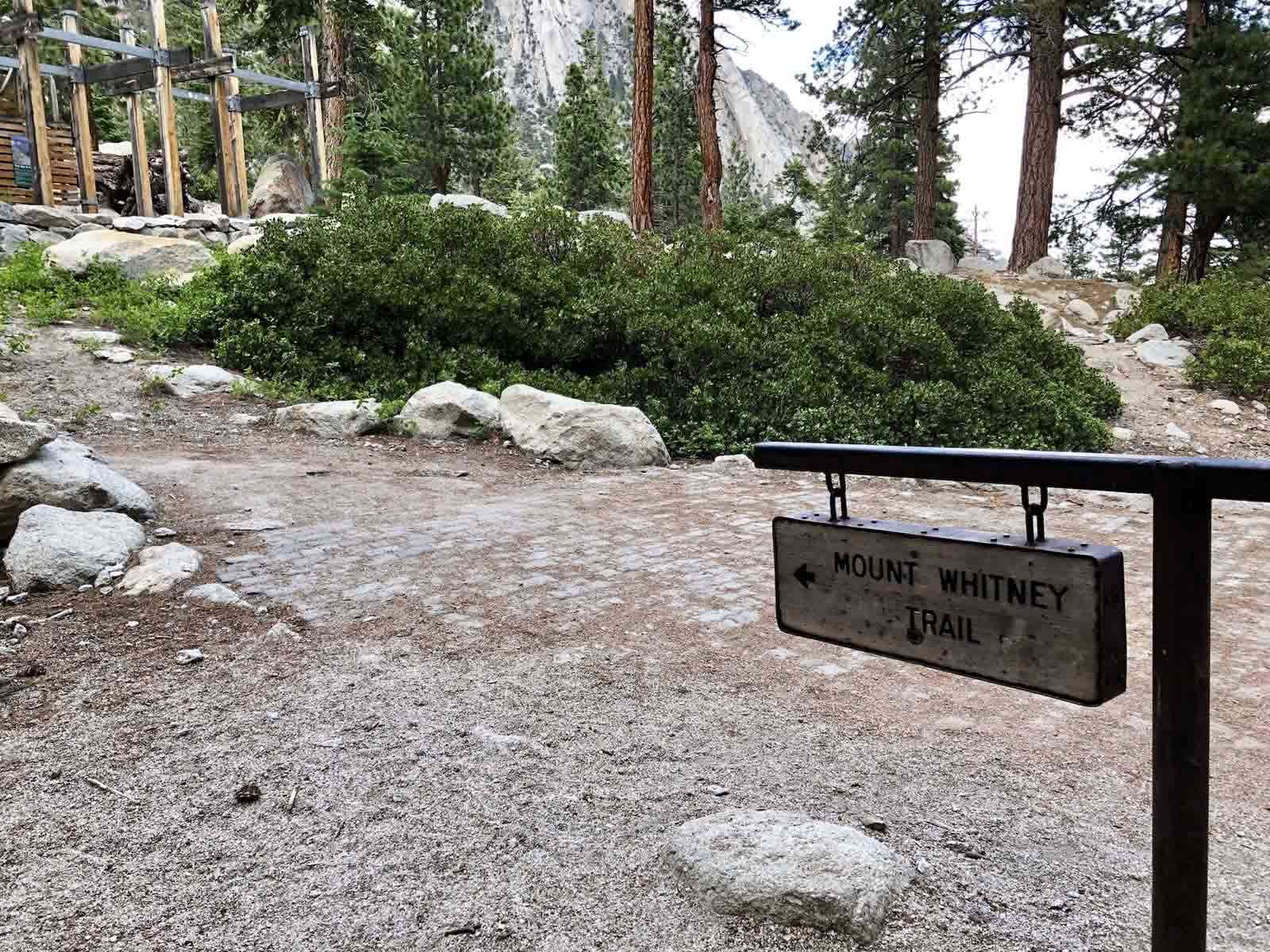
A Wilderness Permit is required year-round for all day hiking and backpacking occurring in the Mount Whitney Zone. However, during the Winter and early Spring season (which falls between November 2nd and April 30th each year), no quota is enforced and climbers may collect their permits directly from the visitor center upon arrival in Lone Pine. Still, be forewarned that Eastern Sierra winters are not meant for those without sufficient winter backcountry experience.
Alternatively, between May 1st and November 1st each year, a quota system is strictly enforced and permits are available via an annual lottery. Permits during quota season are competitive. To give you an idea, only 34% of group leaders were awarded the date of their choice in 2019. For information on obtaining a permit, visit the Whitney Lottery and Permit Reservations Website.
Check out more great hikes in the USA
- Colorado: 15 Best Hikes In Rocky Mountain National Park
- South Dakota; Badlands National Park Hikes And Things To Do
- Utah: 10 Best Hikes In Zion National Park, Utah
- Montana: 9 Of The Best Glacier National Park Hikes
- Oregon: Smith Rock State Park – Misery Ridge Hike
- California: Things To Do In Yosemite National Park
4. Acclimating Beforehand Greatly Increases Your Chances of Success
Acclimate, acclimate, acclimate. If you’ve had altitude sickness before, you know it’s to be avoided when possible. Chances of developing altitude sickness reduce greatly with proper acclimatization. This means spending time at high elevation prior to your summit bid.

Luckily, the Eastern Sierras make acclimatization easy. Whitney Portal itself (the campground at the Mount Whitney trailhead) is situated at 8,400 feet and it’s possible to hike to Lone Pine Lake without a permit, which lies at 10,000 feet. You can also opt to camp at Cottonwood Lakes for a night or two at 10,000 feet, or lodge it in Mammoth Lakes for a few nights at 8,000 feet and take some day hikes to higher elevations. The bottom line is that a few nights of advance acclimatization will payoff tenfold on summit day.
5. Know the Signs of Altitude Sickness

Acute mountain sickness (AMS) is caused by quick exposure to the reduced oxygen levels found at high elevations. Symptoms are generally similar to that of a hangover, and can include headache, nausea, dizziness, loss of appetite, fatigue and difficulty sleeping.
Unfortunately, development of altitude sickness means your hike will likely be cut short, as the only cure is to descend. If symptoms are mild, it may be okay to press on ensuring proper hydration, but if symptoms persist or worsen, it’s important to turn around. If ignored, acute mountain sickness (AMS) can lead to high altitude pulmonary edema (HAPE) or high altitude cerebral edema (HACE), which can both be life threatening. Know your limits and descend if your body is telling that’s what it needs.
6. There are No Toilets Along the Mount Whitney Trail
That’s right. If you need to “do your business” while on the Mount Whitney Trail, you’ll need to do it in nature. It’s important to Leave No Trace, and all hikers are required to carry wag bags and pack waste out with them. As you hike, you’ll periodically spot wag bags that have been left behind in rocks and crevices along the trail. Don’t be that person.
7. A Personal Water Purification System is Essential
In addition to being toilet free, the Mount Whitney Trail is free of potable drinking water. As such, it’s important to bring a water purification system with you. There are ample streams and water crossings along the trail that can be easily treated with a portable water filter, SteriPen or water purification tablets. Ideally, it’s a good idea to have two options in case the other breaks or fails. It’s not possible to carry enough water from the trailhead to support your full hike and hydration at altitude is paramount.
8. Have a Set Turn Around Time on Summit Day
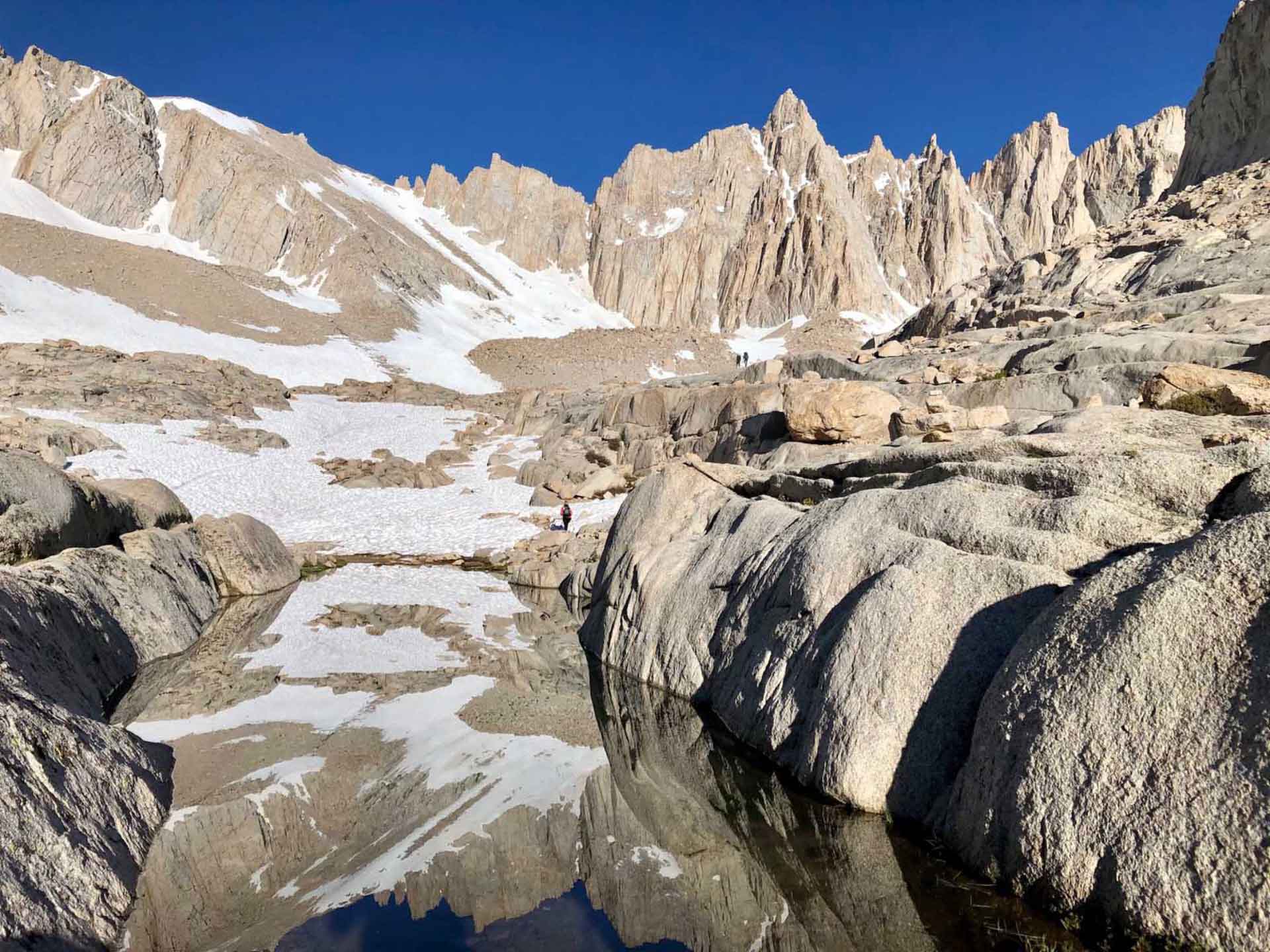
If you’ve ever watched movies or documentaries about Mount Everest, you’ve likely heard of what climbers refer to as “Summit Fever”, or a refusal to turn around without reaching the summit even when logic and safety demand such. The same phenomenon often plays out on Mount Whitney, with hikers pressing on to the summit although it’s clear that there is bad weather rolling in or that they are going to run out of daylight while still high on the mountain.
Set a turnaround time and stick to it. Every year, hikers get caught high on the mountain after sunset and are forced to brave the night in the bitter cold without shelter.
9. Try to Hike with a Buddy
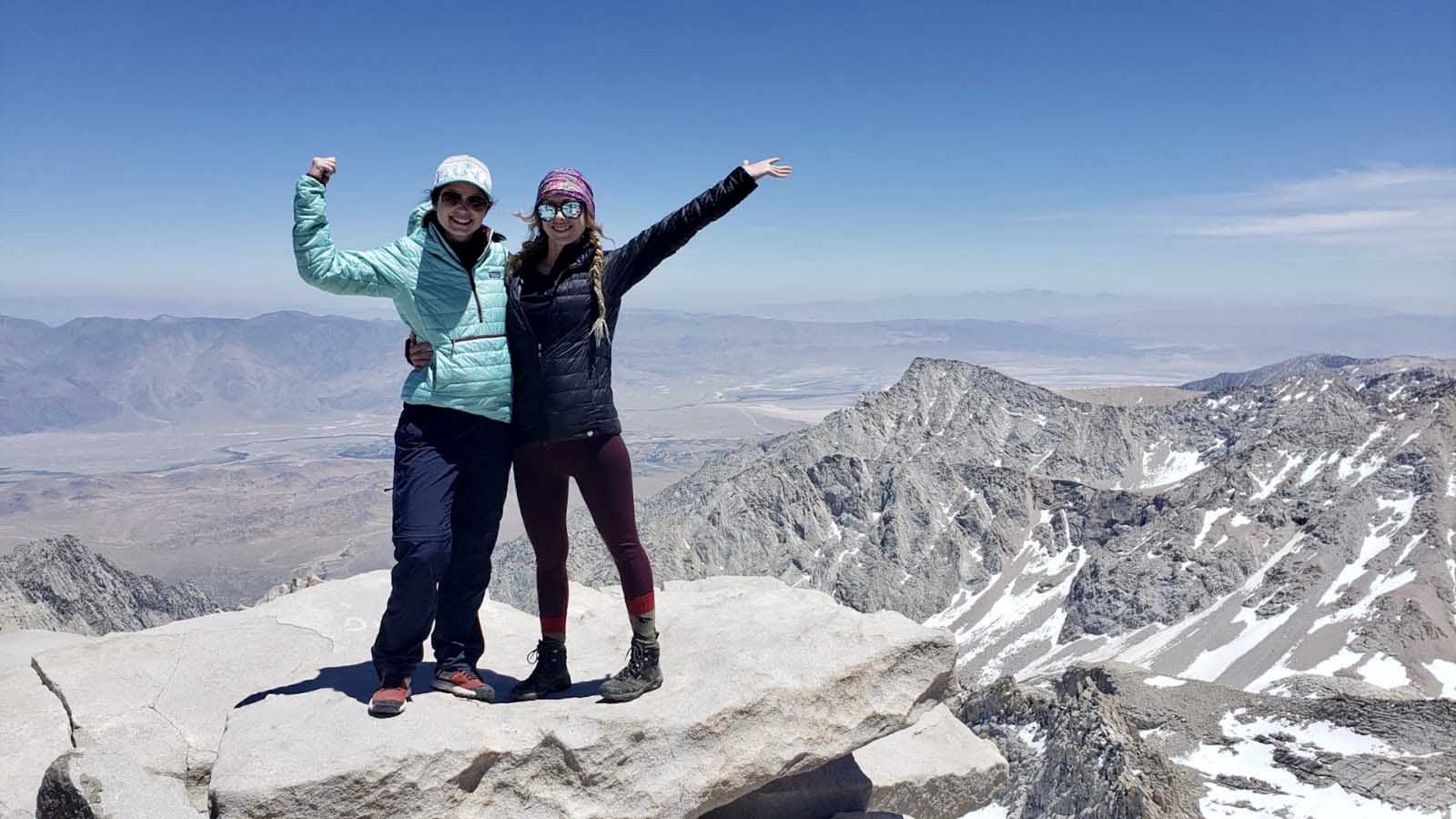
It’s very possible to climb Mount Whitney solo, and many hikers prefer it. That being said, I always prefer the buddy system when possible. While the trail is generally easy to follow, it becomes slightly ambiguous at a few points and it’s good to have buddy in the event of unexpected illness or injury. If hiking alone, be sure to share your plans with a loved one so they can alert Search and Rescue if you don’t return at the expected time.
10. Layer, Layer, Layer
No matter the season, weather on Mount Whitney is unpredictable and varies greatly. It’s common to experience both extreme heat and extreme cold in a single day given the vast changes in elevation. As such, it’s best to wear multiple layers that can easily be added or removed. It’s worth noting that afternoon rainstorms are typical during summer, so a lightweight rain jacket is also advised.
Read: 5 Winter Layering Tips to Dress for the Deep Freeze
11. Marmots are Not Your Friend
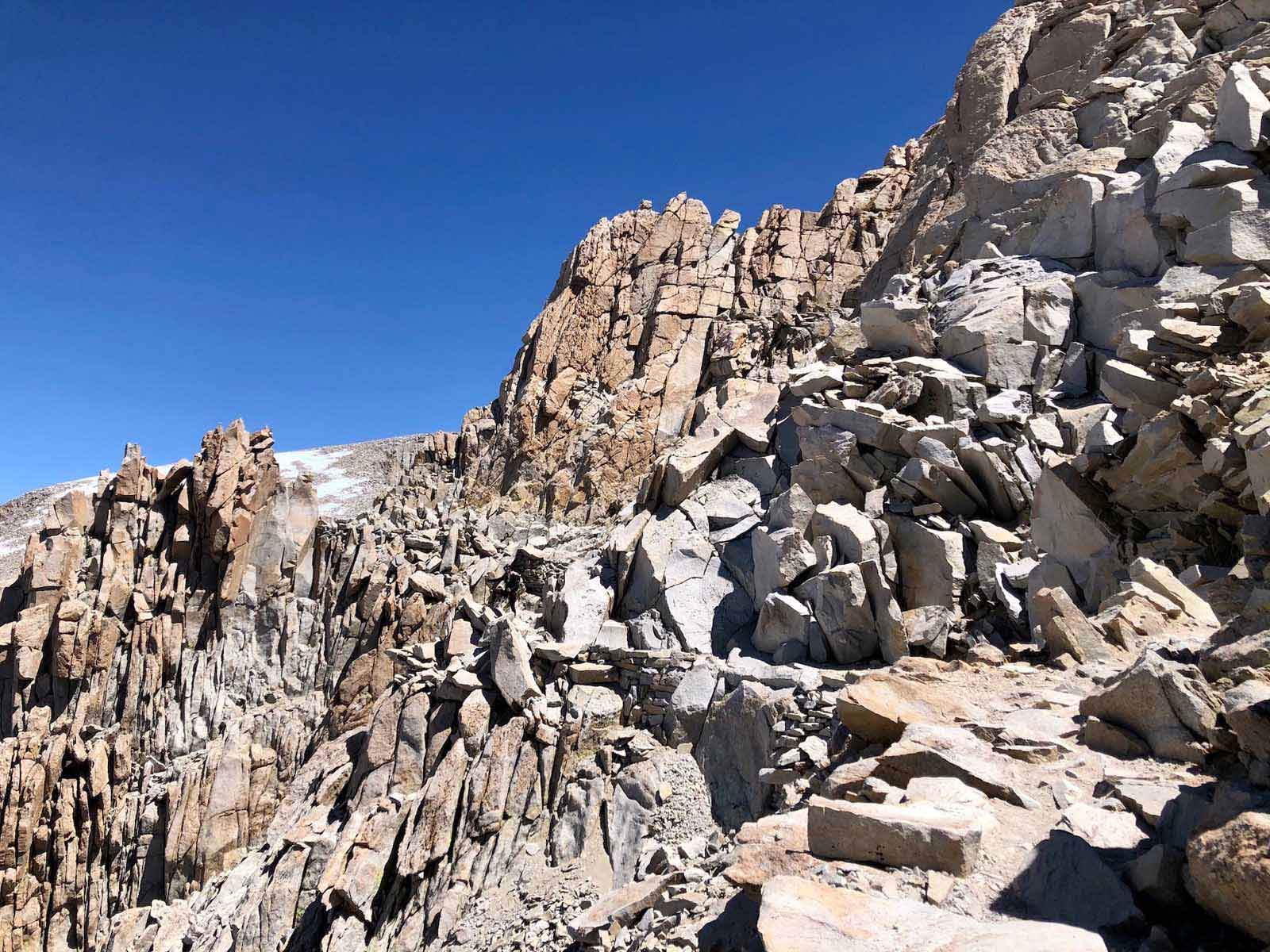
Once you reach Trail Camp (the high camp along the Mount Whitney Trail), you’ll notice plenty of marmots near the trail and surrounding boulders. They’re cute, but don’t be fooled – they’re mischievous little buggers. If packs or tents are left unattended with anything edible inside of them (this includes gum or toothpaste), they will chew through material in a flash. For backpackers, this poses a real problem, as marmots can spoil your entire food supply. While bear cannisters are required for bears, they are equally effective in preventing marmot invasions – consider yourself warned.
12: The Experience Will Stay with You for the Rest of Your Life
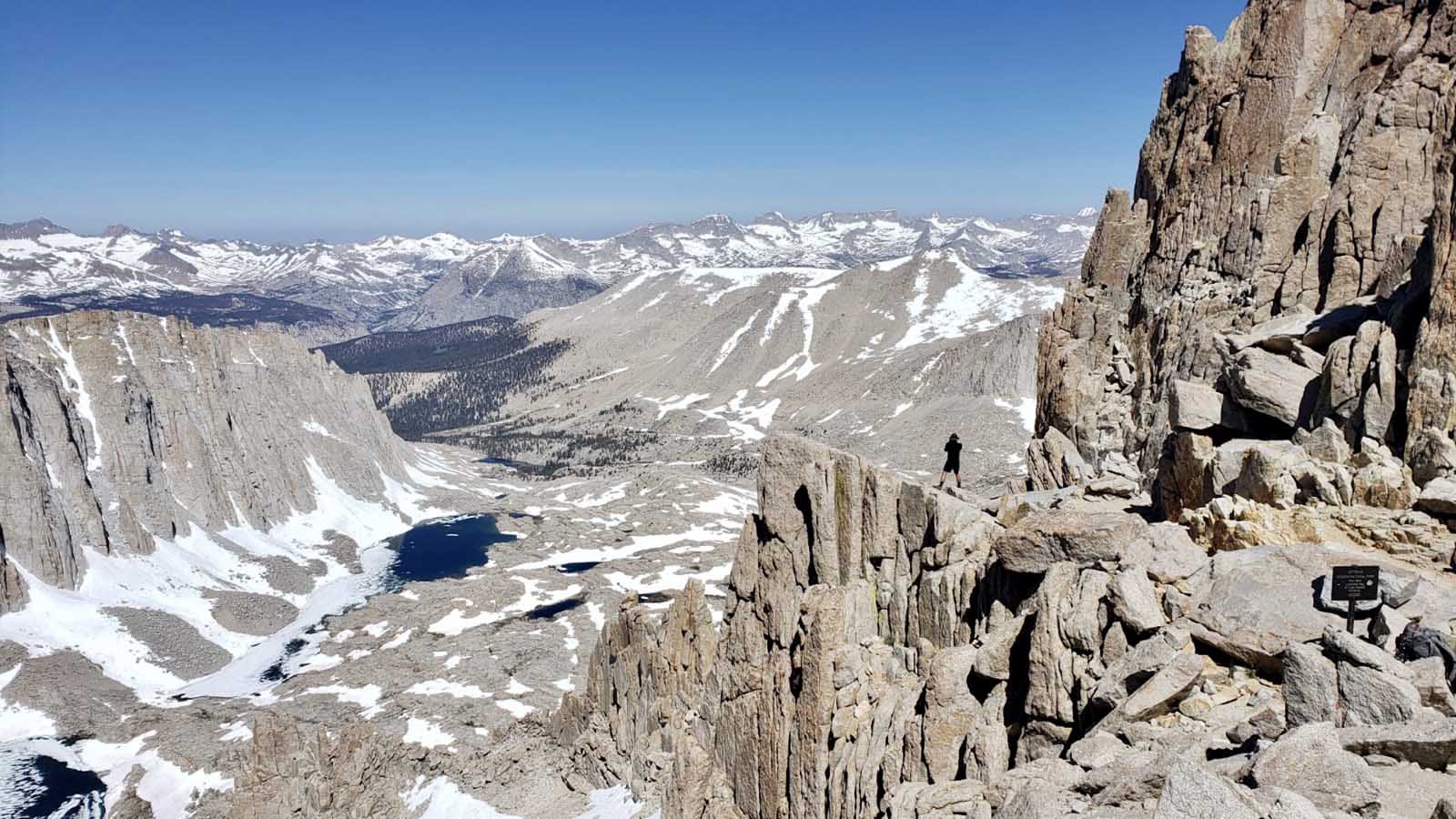
Regardless of whether you hike Mount Whitney as a day hike or overnight backpacking trip; regardless of whether you hike alone or with others; and regardless of whether you summit or not – hiking Mount Whitney is an adventure that will stay with you for the rest of your life. The scenery is unparalleled, the hikers are friendly, the night skies are clear, the air is crisp and the burgers and beers at the Portal Store (located at the trailhead) are the perfect post-hike indulgence. And – more likely than not – climbing Mount Whitney will serve as the departure point for a host of future adventures. See you on the trail!
And these are the best tips for climbing Mount Whitney. Have you climbed this majestic mountain? What tips do you have for safe trekking and climbing?
- Read more treks and climbs from around the world:
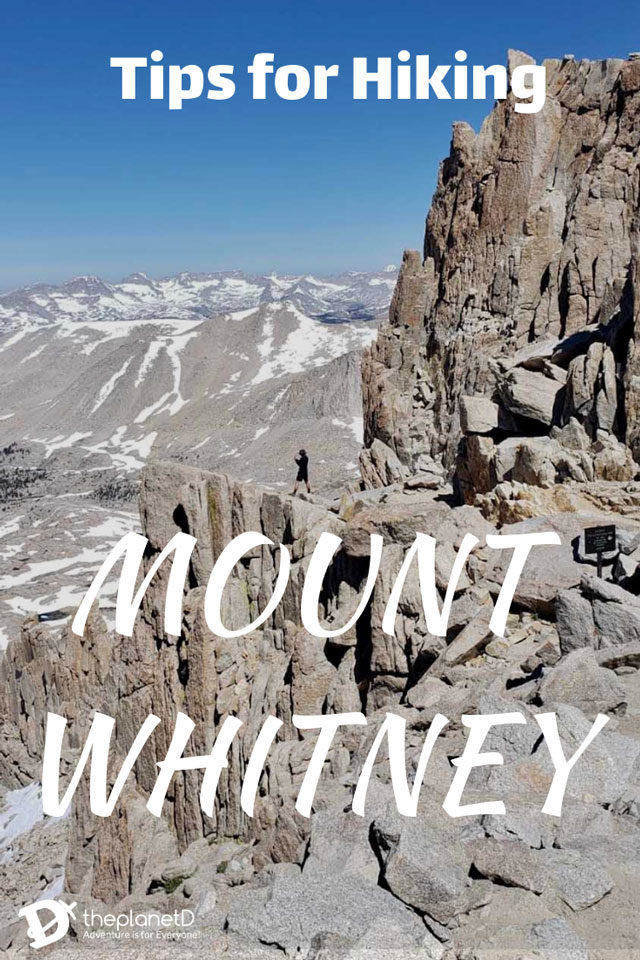

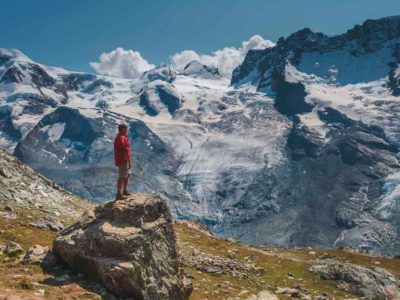
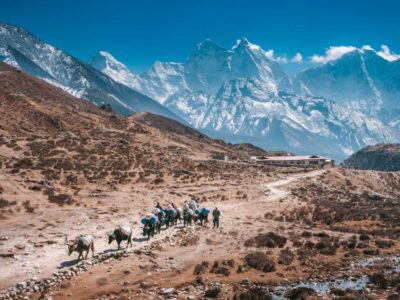
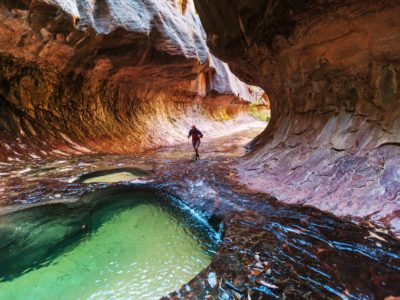
Great information here…define a trip that requires advance planning and this will help!